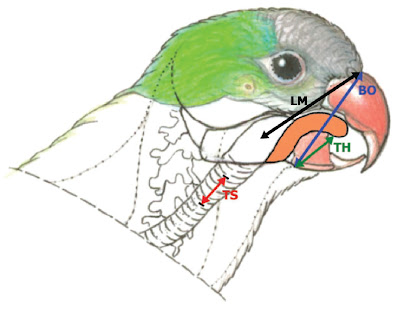 |
| The zooplankton picture on the left was provided by the EPA at Wikimedia Commons. The human picture on the right was provided by Cassie Apostolou. |
Whether you are in school or have a job, I’m sure you have a daily schedule you stick to. A daily example most people can relate to is this: you wake up to the annoying beeping of your alarm, maybe take a shower, change clothes, eat some breakfast, and then are headed off to work or school, you stay there for so many hours and then turn around and head on home (probably even taking the same routes most days too!) Well, as we do this on a daily basis, many zooplankton have a regular schedule too.
 |
| Photo of drifting zooplankton by NOAA at Wikimedia Commons. |
Zooplankton means “animal/water drifters”. Most get this name from performing daily vertical migrations cycles by floating or swimming to the surfaces of waters at night, while during the day time they stay in deeper depths of the waters. Why do they do this though? Well, research has shown that some zooplankton perform these daily cycles to escape fish predators and to obtain their food source. Also, daily migration occurs for the prevention of solar damage (just like humans and sunburn). There is also current research testing if metabolic advantages are also a cause for these migration patterns. Furthermore, studies have looked into external changes (such as temperature, salinity, and even acidity changes) as being a reason.
 |
| Photo of zooplankton under the microscope by Ma.C. Mingorance Rodriguez at Wikimedia. |
Still think you are way different than a zooplankton? Well, don’t you return to a safe area at the end of the night? I’m sure you eat at certain times and not at others and the food you get is mainly from the same places (probably your refrigerator or favorite restaurant). So in the end aren’t we all just walking around to obtain the necessities we need in life, just like zooplankton? I think when it comes down to the basics yes, but humans have put their own twists on life too.
References:
1. Forward, R.B. Diel Vertical Migration: Zooplankton Photobiology and Behaviour. in Oceanography and Marine Biology Vol. 26, ed. H. Barnes and M. Barnes, Aberdeen University Press, 1988, 361- 393.
2. Haney, J.F. (1988). Diel Patterns of Zooplankton Behavior Bulletin of Marine Science, 43 (3), 583-603
3. Iwasa, Y (1982). Vertical Migration of Zooplankton: A Game Between Predator and Prey The American Naturalist, 120 (2), 171-180 DOI: 10.1086/283980




